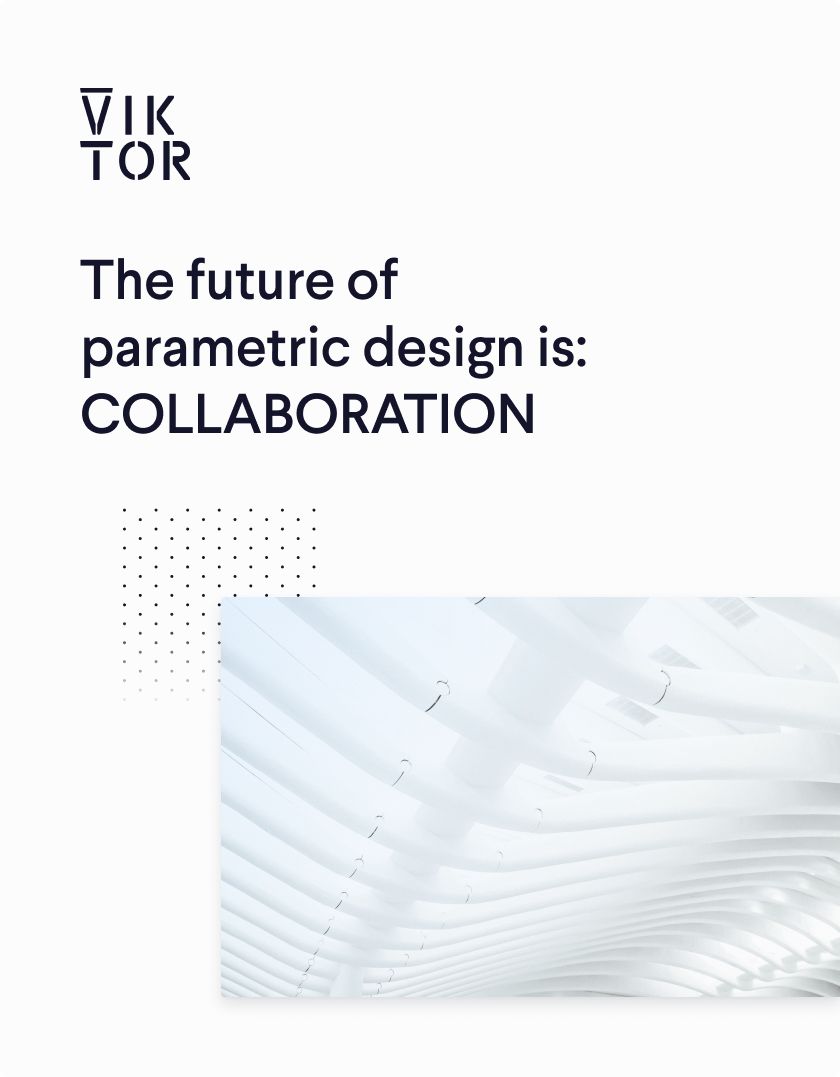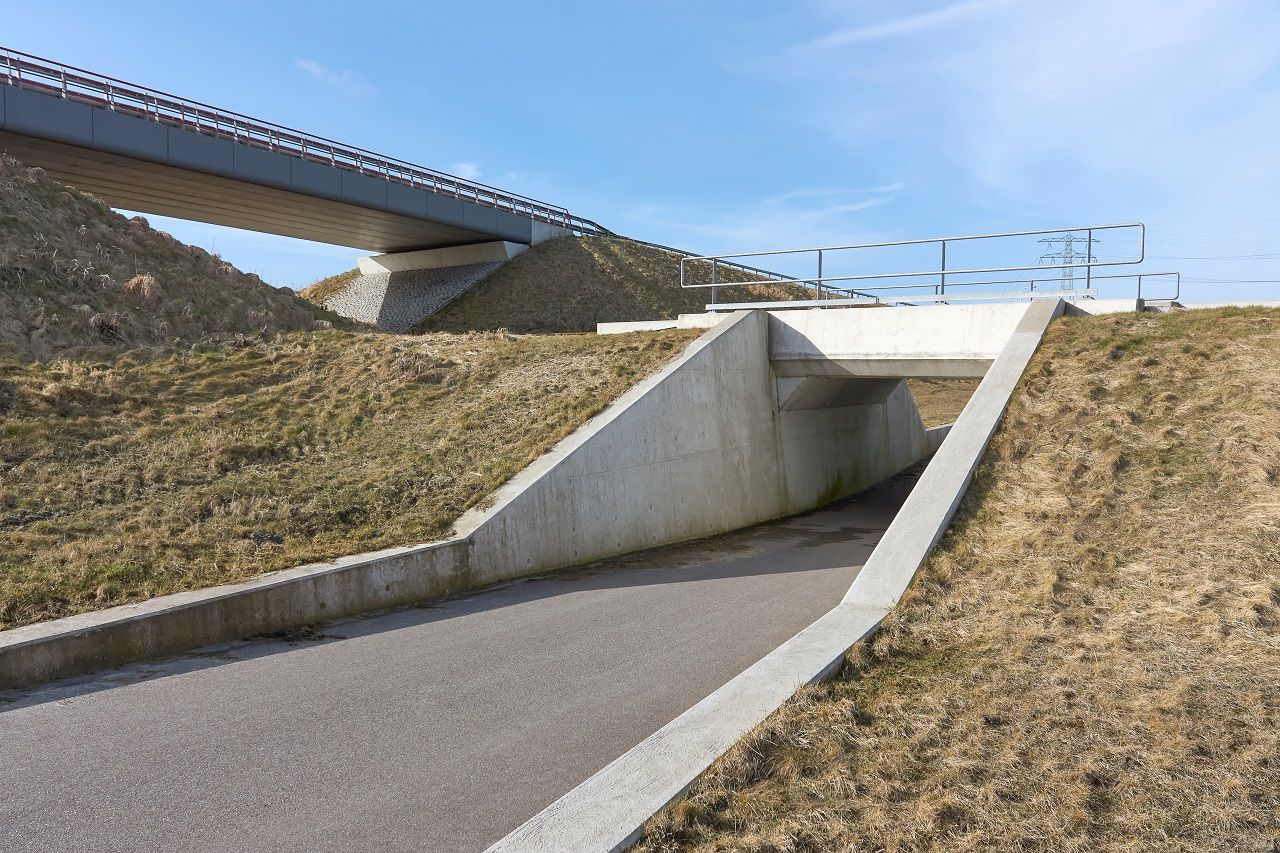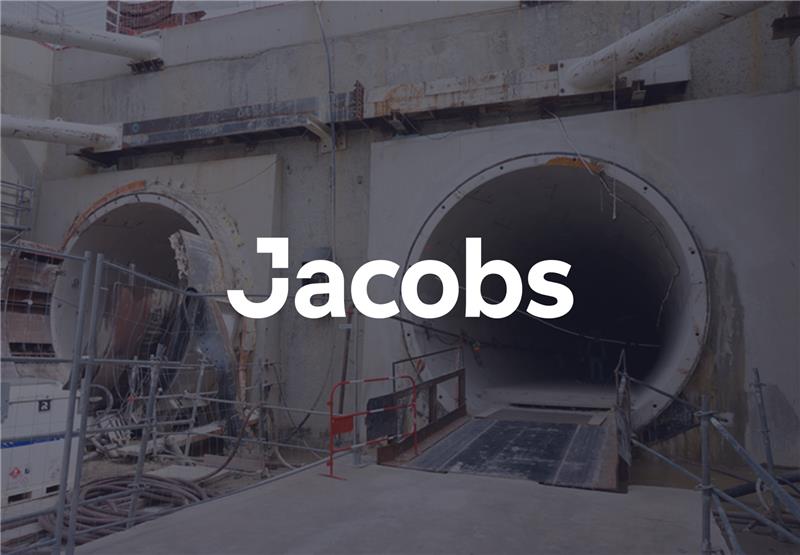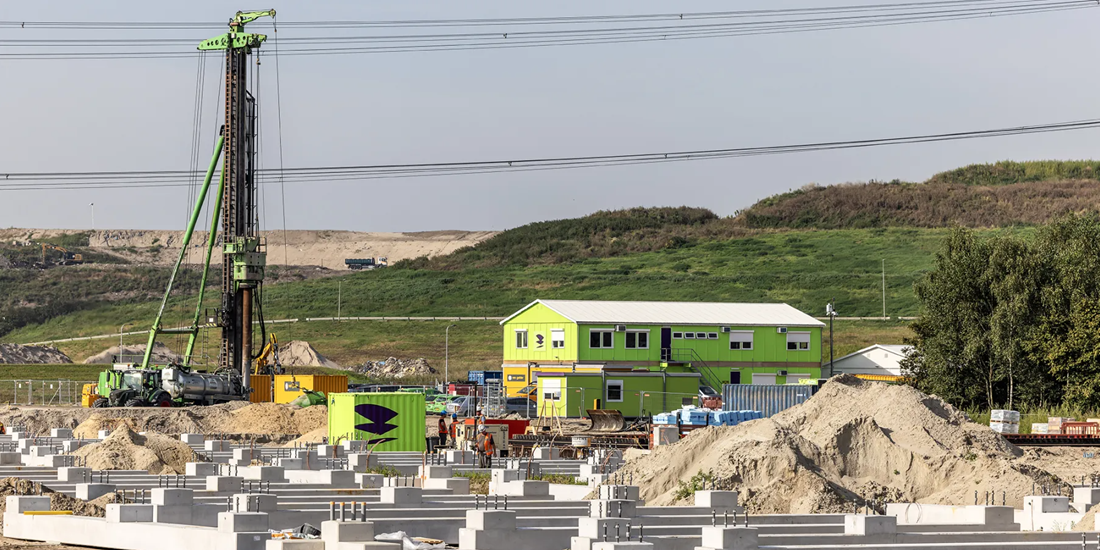
Download the white paper and get INSPIRED
Learn how collaborative parametric design models allow you to work together for better solutions.
The old method: expensive and unideal
The current process is often still based on experience and reasoning. Solutions that have proven themselves in previous projects are often chosen; the solutions for the critical sections are extrapolated. That makes sense. Calculating a section takes a lot of time. However, this method lacks a numerical substantiation for the chosen solution. Real insight into the ideal design is lacking and that can cost a lot of money. The gross extrapolation can result in surplus work and material costs, as well as lead to incorrect assumptions and increasing failure costs.
Cost optimization through parameterization
It is therefore better to find an optimum with global parameters, such as costs. To determine the approach of solving the problem, an application is needed that can vary parameters on an interdisciplinary level, based on pile types, number of piles, pile lengths versus applied reinforcement, floor thickness, and so on. By linking the structural and geotechnical models to the cost model and combining all these parameters, the cost optimum can be found. A user can then determine the domains within which the application can independently vary these parameters and on the basis of which outcome optima must be found (think of costs, planning or risks). Because there are often several options close to each other, a user can also generate multiple optimized versions and weigh them up.
Creating an application for parameterization
Application development
The tuning of parameters and the definition of the process were the starting point for the engineers of Lievense and developers of MOCS. Lievense is involved as an expert and user, while MOCS makes the web-based parametric model and ensures that the process is automated to the right level. Three areas of expertise have been brought together from Lievense: structural, geotechnical and cost-technical. In this way, a multidisciplinary optimization can be performed.
Application workflow
Within the online application, the user specifies per project the pile types available with the different unit prices. The projects can then be designed within a project. For a design section, a user can upload the GEF files associated with the probes created within a section (GEF is a standardized exchange format for the storage and transfer of geotechnical data). The applications provides a suggestion for a soil layout interpretation, which a geotechnical consultant can adapt.
Modelling
The modeling of a section starts with a global SCIA model without piles. This prevents manual input of data that is already fixed and that is already available in another source. This SCIA file is uploaded by the user via drag & drop. In VIKTOR, the user can design a pile plan in two ways. “Simple”: the user gives a desired number of posts in the x and y directions. “Detailed”: the user can add rows / columns of piles, centre-to-centre distance from the previous row / column. Other parameters that the structural engineer can manage include reinforcement covers, concrete strength classes, and other design choices.
Multidisciplinary calculations
It is possible to calculate the specified situation automatically in its entirety with a click of a button. All programs (in this case SCIA, D-Foundations and multiple Excel sheets) are run in the background and no human actions are required to perform the entire multidisciplinary calculation. The load capacity of the pile configuration follows from D-foundations and the required load capacity from SCIA. The section forces are also read from SCIA by the VIKTOR application. Via a linked Excel sheet, VIKTOR can convert this into a required amount of reinforcement. All calculated properties together determine the cost of a design. The results of all calculations are displayed in VIKTOR.
The results are clear!
Since this part of the process is now fully automated, VIKTOR can also generate and calculate a large number of different pile plans. Because all parameters influence each other, it is not always clear which choice is ultimately the cheapest. Lievense is mainly interested in the mutual connections. These are plotted in VIKTOR in an overview. This allows the manufacturer to make solid choices with the help of his knowledge and expertise. As a control functionality and to keep a good overview of the generated designs, Lievense can download files from created D-foundations and SCIA analyses and view them “locally”.
The final outcome
Only two sprints were needed to develop the full application. Primarily, the result is insight into the influence of the different parameters, the sensitivity of the parameters to each other and an “optimal” solution direction. It is possible to consider more variants in a shorter period of time compared to before, which provides the numerical substantiation of the chosen “optimal” solution. This can bring a lot of value. Initially in money, but with other models this could also be in terms of risks, construction time, feasibility or other KPIs



